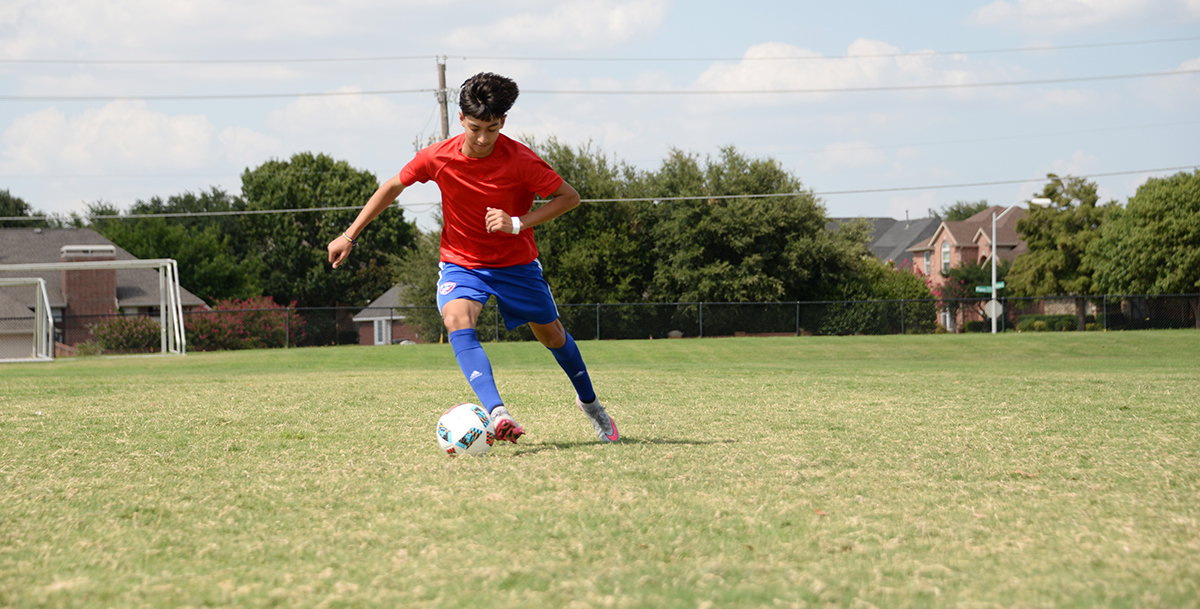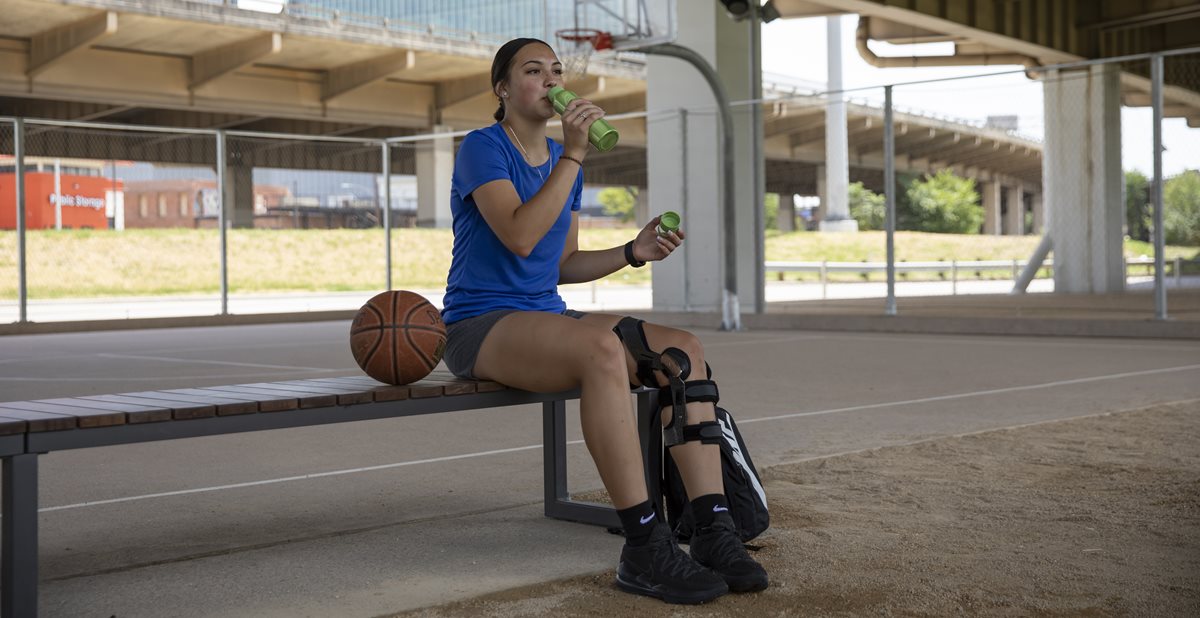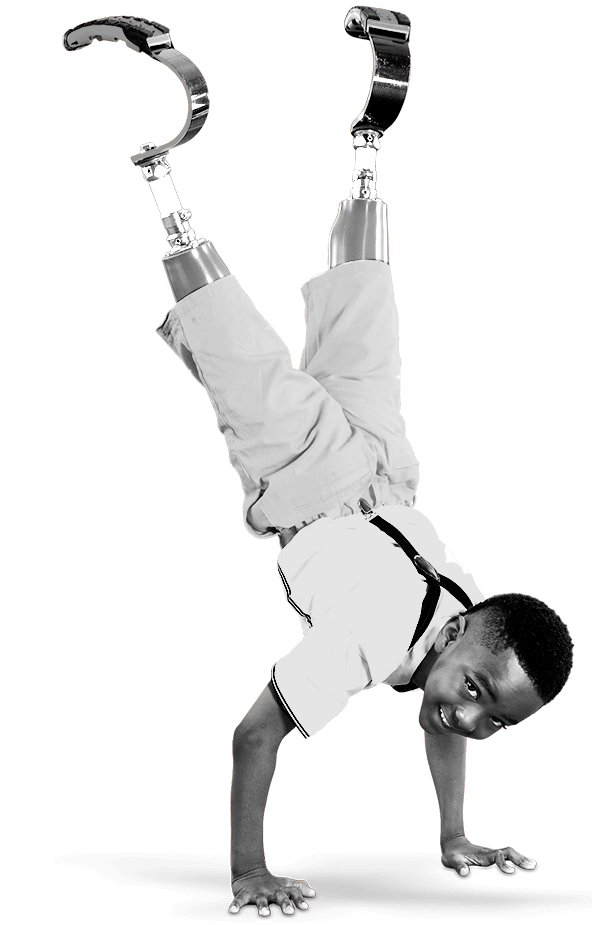
Jan 23, 2020 / Sports Medicine
So Many Soccer Injuries - What is Going On?
In order to prevent an injury in a sport, the natural state of the sport and common injuries must be fully discovered. For example, to know how to prevent injuries in soccer, many soccer injuries must be evaluated to determine what the most common injuries are in certain populations. So, we did. Because we think this is very important to young athletes today.
By reviewing a very large database*, our team evaluated more than 54,000 soccer injuries. The data was analyzed to answer several questions. Those include:
The study, “Peak Lower Extremity Soccer Injuries Occur Immediately Following Growth Completion in Adolescents: An Epidemiologic Review of Emergency Department Visits” is being presented at this year's Pediatric Research in Sports Medicine Society (PRiSM) annual meeting.
Learn more about sports medicine research.
*Study methods: An epidemiologic study was conducted utilizing publicly accessible data from the National Electronic Injury Surveillance System (NEISS). The NEISS compiles Emergency Department (ED) data on all injuries presenting to the approximately 100 participating network hospitals in the United States. Information on all soccer-related injuries occurring in ages 7-19 from January 2009 – December 2018 was extracted, and summary statistics were calculated.
By reviewing a very large database*, our team evaluated more than 54,000 soccer injuries. The data was analyzed to answer several questions. Those include:
- What is the most common injury in athletes aged 7 – 19?
- How does age affect the rate of injuries?
- Do boys or girls have more concussions?
What We Found
Here are some results of this study:- Males (60.50%) presented more often than females (39.50%).
- Concussions and head injuries (15.57%) were most commonly reported overall.
- More females than males (17.44% vs. 14.35%)
- The ankle (15.3%) was the second most common injury location.
- More females than males (18.71% vs. 13.62%)
- Knee (F = 14 years, M = 16 years)
- Ankle (F = 13-15 years, M=15-17 years)
What This Means for Young Athletes
Therefore, intervention for preventing knee and ankle injuries may need to be offered to females earlier than males. It is well established that females reach skeletal maturity, meaning they are finished growing, before males. Therefore, according to this epidemiological review, it appears that the peak of knee and ankle injuries occur at the end of growth in adolescents. Because this study is so large, these results should be considered in development and implementation of injury prevention programs for young soccer players.The study, “Peak Lower Extremity Soccer Injuries Occur Immediately Following Growth Completion in Adolescents: An Epidemiologic Review of Emergency Department Visits” is being presented at this year's Pediatric Research in Sports Medicine Society (PRiSM) annual meeting.
Learn more about sports medicine research.
*Study methods: An epidemiologic study was conducted utilizing publicly accessible data from the National Electronic Injury Surveillance System (NEISS). The NEISS compiles Emergency Department (ED) data on all injuries presenting to the approximately 100 participating network hospitals in the United States. Information on all soccer-related injuries occurring in ages 7-19 from January 2009 – December 2018 was extracted, and summary statistics were calculated.



